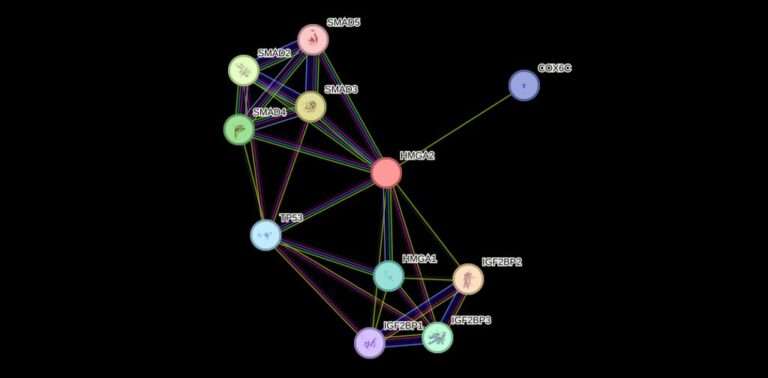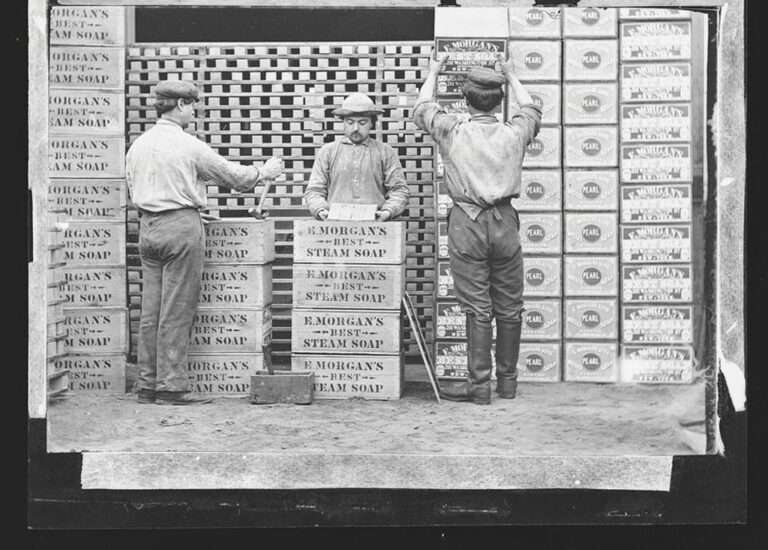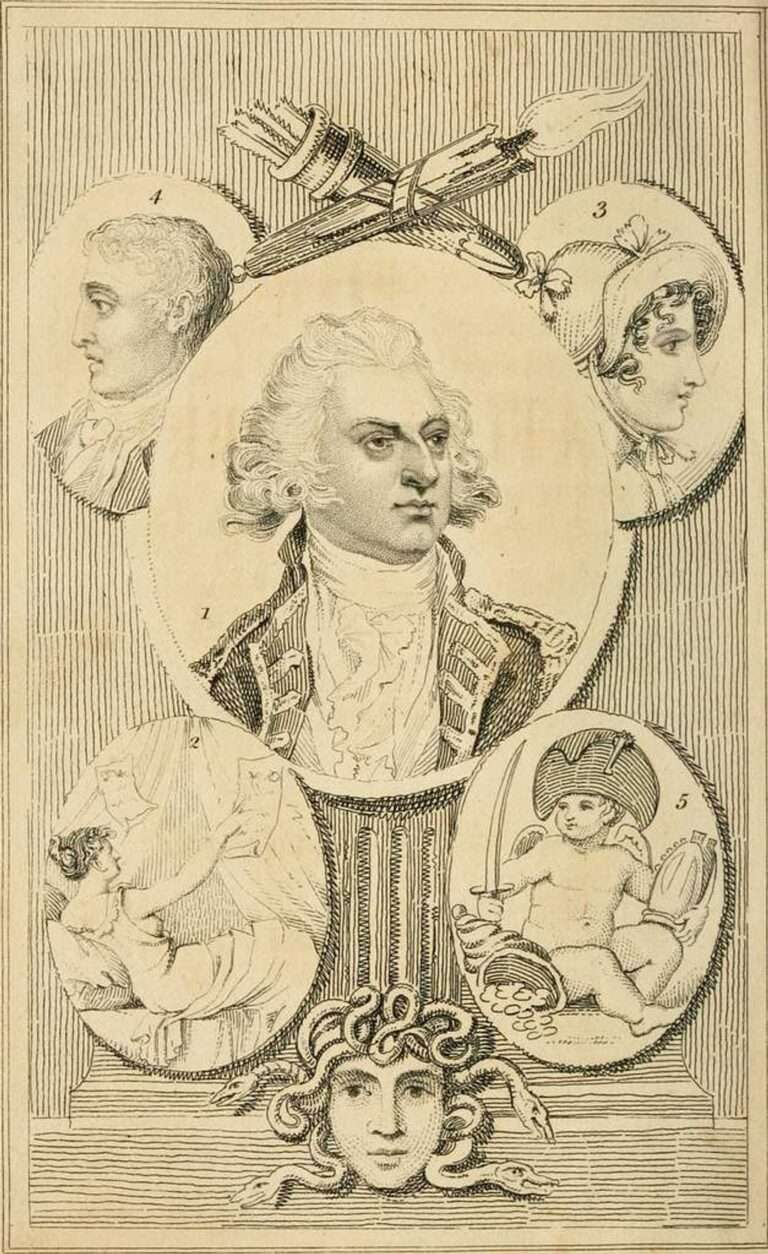The Nine-Act Structure: Granularity in Plot Development
Overview
What is the Nine-Act Structure?
The Nine-Act Structure is a unique approach to plot development that offers a more granular and comprehensive framework for crafting engaging stories. Unlike traditional three-act or five-act structures, the Nine-Act Structure breaks down the story into nine distinct acts, allowing for a deeper exploration of plot points, character development, and conflict escalation. This structure provides writers with the tools to create a more immersive and dynamic narrative, keeping readers or viewers captivated from start to finish. By incorporating the Nine-Act Structure into your storytelling, you can effectively build tension, create compelling character arcs, and deliver impactful plot twists. If you’re looking to elevate your storytelling and captivate your audience, the Nine-Act Structure is a powerful tool to consider.
Ready to level up your storytelling? Visit Unifire for a comprehensive suite of writing tools and resources that can help you master the art of storytelling and bring your ideas to life.
Benefits of Using the Nine-Act Structure
The Nine-Act Structure offers several key benefits that make it a valuable tool for plot development. Firstly, the structure provides a high level of granularity, allowing for a more detailed and nuanced exploration of the story. This depth enables writers to fully develop their characters, conflicts, and themes, resulting in a richer and more engaging narrative. Additionally, the Nine-Act Structure helps to maintain a sense of pacing and tension throughout the story, as each act builds upon the previous one, leading to a satisfying climax. By following this structure, writers can ensure that their plot is well-structured and cohesive, leading to a more satisfying reader experience. If you’re looking to enhance your storytelling skills and create compelling narratives, the Nine-Act Structure is a powerful tool to consider. Check out Unifire.ai for more resources and guidance on plot development and storytelling techniques.
How the Nine-Act Structure Differs from Other Plot Structures
The Nine-Act Structure offers a unique approach to plot development that sets it apart from other plot structures. Unlike traditional three-act or five-act structures, the Nine-Act Structure provides a more granular and detailed framework for storytelling. It allows for a deeper exploration of the story’s elements, including character development, conflict escalation, and plot twists. By breaking the story into nine acts, each with its own distinct purpose and turning point, the Nine-Act Structure offers a comprehensive and immersive experience for both the writer and the reader. This level of granularity allows for a more nuanced and intricate plot development, ensuring that every aspect of the story is explored and resolved effectively. If you’re looking for a plot structure that prioritizes depth and complexity, the Nine-Act Structure is a valuable tool to consider. To learn more about how to implement the Nine-Act Structure in your own writing, check out Unifire’s comprehensive guide on plot development techniques and strategies.
Act 1: Introduction
Introducing the Conflict
The introduction of the conflict is a crucial aspect of the Nine-Act Structure. It serves as the catalyst for the story, propelling the plot forward and inciting tension. This conflict can take various forms, such as internal struggles within a character or external conflicts between characters or groups. It creates a sense of urgency and sets the stage for the protagonist’s journey. By introducing the conflict early on, the audience becomes emotionally invested and eager to see how the story unfolds. The conflict also provides opportunities for character development, as the characters are forced to confront their fears, make difficult choices, and face the consequences of their actions. In the Nine-Act Structure, the introduction of the conflict is not just a single event but a continuous thread that runs throughout the entire narrative, driving the story forward and keeping the audience engaged.
Setting the Tone and Mood
After establishing the setting and introducing the characters, it is crucial to set the tone and mood of the story. The tone refers to the overall attitude or atmosphere of the narrative, while the mood evokes specific emotions in the reader. Call Participants can be influenced by the tone and mood of a story, as it shapes their perception and engagement with the plot. In this section, the writer should carefully choose descriptive language, imagery, and sensory details to create a vivid and immersive experience for the reader. Whether it’s a lighthearted comedy, a dark and brooding mystery, or a thrilling adventure, the tone and mood will guide the reader’s emotional journey throughout the story.
Act 2: Rising Action
Complications and Obstacles
In the Nine-Act Structure, Act 2 focuses on the rising action of the plot, where complications and obstacles arise for the protagonist. These challenges serve to test the character’s resolve and push them towards their ultimate goal. Complications can come in various forms, such as unexpected events, conflicts with other characters, or internal struggles. Obstacles, on the other hand, are external factors that hinder the protagonist’s progress. This phase of the story is crucial for character development as it forces the protagonist to confront their weaknesses and grow. It also builds tension and suspense, keeping the audience engaged and eager to see how the protagonist overcomes these obstacles. By incorporating compelling complications and obstacles, writers can create a gripping narrative that keeps readers hooked until the end.
CTA: Visit Unifire for more resources on plot development and storytelling techniques.
How to Create Complications and Obstacles:
- Identify the protagonist’s goal and the main conflict.
- Brainstorm potential complications and obstacles that can arise.
- Ensure that the challenges are meaningful and relevant to the story.
- Introduce complications and obstacles gradually, increasing the stakes as the story progresses.
- Use a combination of internal and external obstacles to create depth in the plot.
- Allow the protagonist to struggle and grow through these challenges.
- Maintain a balance between complications and progress to keep the story engaging.
- Resolve complications and obstacles in a satisfying and meaningful way.
By following these steps, writers can effectively create compelling complications and obstacles that enhance the plot and keep readers invested in the story.
Character Development
Character development is a crucial aspect of the nine-act structure. It allows the audience to connect with the characters on a deeper level and understand their motivations and growth throughout the story. Through well-crafted character arcs, the audience can witness the transformation and evolution of the characters, which adds depth and complexity to the narrative. The nine-act structure provides the granularity needed to explore the nuances of character development, allowing for gradual and realistic changes. By focusing on the development of each character, the story becomes more engaging and relatable, drawing the audience into the world of the narrative. This attention to detail in character development sets the nine-act structure apart from other plot structures, as it prioritizes the emotional journey of the characters and the impact it has on the overall story.
Building Tension and Suspense
Building tension and suspense is a crucial aspect of the Nine-Act Structure. This act is where the stakes are raised and the conflict intensifies, keeping the readers on the edge of their seats. One way to build tension is through the use of foreshadowing, hinting at future events and creating a sense of anticipation. Another effective technique is suspenseful pacing, where the narrative slows down to create a sense of unease and anticipation. Additionally, character secrets and hidden agendas can add layers of tension and suspense to the story. By strategically revealing these secrets at key moments, the tension is heightened and the readers are left wanting more. It is important to carefully balance the pacing and intensity of the tension to keep the readers engaged without overwhelming them. By mastering the art of building tension and suspense, writers can create a gripping and unforgettable reading experience.
To learn more about the Nine-Act Structure and how it can enhance your storytelling, visit Unifire for practical tips and resources.
How to Build Tension and Suspense in Your Story
- Establish the stakes early on to create a sense of urgency.
- Use foreshadowing to hint at future events.
- Slow down the pacing during suspenseful moments.
- Reveal character secrets and hidden agendas at strategic points.
- Balance the intensity of the tension to keep readers engaged.
By following these steps, you can effectively build tension and suspense in your story, captivating your readers from start to finish.
Act 3: Midpoint
Turning Point
The turning point in the nine-act structure is a crucial moment in the plot that changes the direction of the story. It is the point where the protagonist faces a major obstacle or revelation that forces them to reevaluate their goals and motivations. This turning point not only creates a shift in the narrative but also deepens the conflict and raises the stakes for the protagonist. It is a pivotal moment that propels the story forward and keeps the audience engaged. In this act, the story takes a dramatic turn, and the tension reaches its peak. The turning point is often accompanied by surprising twists and revelations that leave the audience on the edge of their seats. It is a critical moment that sets the stage for the climax and resolution of the story.
Unifire is a powerful tool that can help writers effectively implement the nine-act structure in their storytelling. With its intuitive interface and comprehensive features, Unifire allows writers to easily outline and organize their plot according to the nine-act structure. By using Unifire, writers can ensure that their story has a well-developed plot with granular and impactful turning points. Take your storytelling to the next level with Unifire and create compelling narratives that captivate your audience.
CTA: Visit Unifire now and start using the nine-act structure to enhance your storytelling!
Revelations and Surprises
In the Nine-Act Structure, the midpoint serves as a crucial turning point in the story. It is during this act that major revelations and surprises are unveiled, often changing the course of the narrative. These revelations can be unexpected plot twists, shocking character revelations, or surprising revelations about the conflict itself. The purpose of these revelations and surprises is to keep the audience engaged and invested in the story, as they eagerly anticipate how these new developments will impact the characters and the overall outcome. By strategically placing these revelations and surprises in the midpoint of the story, writers can create a sense of excitement and anticipation, ensuring that the audience remains captivated throughout the rest of the narrative.
To learn more about the Nine-Act Structure and how it can enhance your storytelling, visit Unifire and discover the power of granular plot development.
How to Implement the Nine-Act Structure
- Establish the Setting and Characters: Begin by introducing the world of your story and the key characters that will drive the narrative.
- Introduce the Conflict: Clearly establish the main conflict or problem that the characters will face.
- Set the Tone and Mood: Establish the atmosphere and emotional tone of the story to create the desired impact on the audience.
- Complications and Obstacles: Introduce complications and obstacles that the characters must overcome, raising the stakes and building tension.
- Character Development: Allow your characters to grow and evolve throughout the story, deepening their complexity and adding depth to the narrative.
- Building Tension and Suspense: Gradually increase the tension and suspense as the story progresses, keeping the audience on the edge of their seats.
- Turning Point: Reach the midpoint of the story where a significant event or revelation occurs, altering the direction of the narrative.
- Revelations and Surprises: Unveil major revelations and surprises that challenge the characters and keep the audience engaged.
- Escalation of Conflict: Intensify the conflict and raise the stakes, pushing the characters to their limits.
Implementing the Nine-Act Structure in your storytelling can provide a comprehensive and engaging narrative experience. By following these steps, you can create a captivating story that keeps the audience hooked from beginning to end.
Escalation of Conflict
The escalation of conflict is a crucial turning point in the Nine-Act Structure. It marks the moment when the stakes are raised to their highest level, and the protagonist is faced with seemingly insurmountable challenges. This escalation not only heightens the tension and suspense but also pushes the characters to their limits, forcing them to make difficult choices and confront their deepest fears. As the conflict intensifies, the story becomes more gripping and emotionally charged, keeping the audience on the edge of their seats. The escalation of conflict in the Nine-Act Structure ensures that the story remains engaging and captivating throughout. To learn more about how to effectively use the Nine-Act Structure in your own writing, visit Unifire.ai for expert guidance and tools to enhance your storytelling skills.
In Act 3: Midpoint, the story takes a dramatic turn. The protagonist faces a major obstacle or conflict that forces them to reassess their goals and motivations. This pivotal moment often marks the midpoint of the story, where everything changes and the stakes are raised. It is a crucial point in the narrative that propels the story forward and keeps the audience engaged. At Unifire, we understand the importance of these turning points in storytelling. Our platform helps you extract summaries, keywords, and titles from your podcast episodes, allowing you to repurpose your content and reach a wider audience. With Unifire, you can easily identify the most important keywords in your episodes and convert them into clickable links, driving traffic to your website. Take your storytelling to the next level with Unifire and unlock the full potential of your podcast content.








